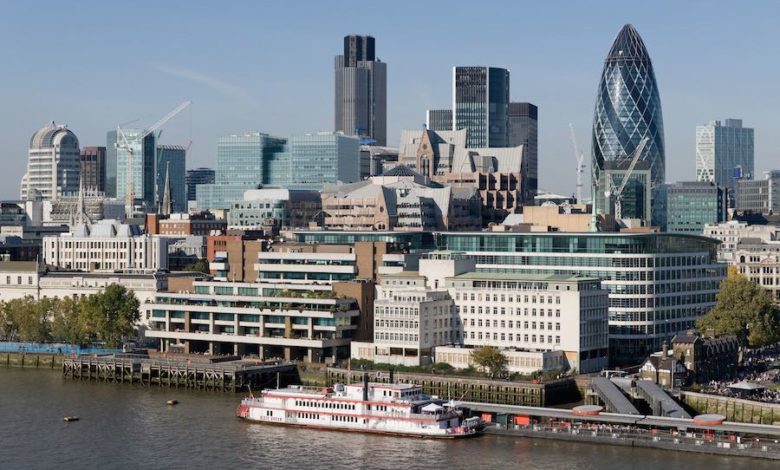Is maritime media Eurocentric?

Santosh Patil argues shipping coverage does not reflect the reality on the ground with Asia not getting the reportage it deserves.
Recently Twitter was abuzz with the criticism of western mainstream media’s coverage of the Russian invasion of Ukraine, which prompted the Washington Post to publish an article
The coverage, which was criticised involved reporters and experts who commented that this war was different as it involved ‘relatively European’ ‘blue eyed’ and ‘not Iraqi/Afghan/Syrian’ people. The Post article sought to highlight long held biases of western media. In the age of western virtue signalling and social justice movements, well propagated by the media, it is of particular concern to see uncovering of this bias within the media itself.
Thankfully leading maritime media publications do not manifest such a bias; but if one follows the reportage, some observations do not miss the eye.
Three years ago, I wrote an article published by Splash musing why doesn’t Asia influence world shipping more. I underscored the lack of Asian presence the with reference to influence, technology, leadership in all things maritime when searching the internet. If one looks at why it’s difficult to find Asian references, you cannot help noticing that maritime media has relatively lesser coverage of Asia.
There is a bit of reticence amongst leading maritime media to reach out to a wider section of industry players
Leading maritime publications’ coverage is mostly Eurocentric, notwithstanding the Asian tilt in maritime affairs. Simply adding up the number of stories by region reveals how disproportionate the coverage is. A leading industry publication has almost twice the number of articles focusing on Europe as against Asia for topics like seafarers, pandemic, decarbonisation and digitalisation.
There are two probable reasons one can cite for the low visibility of non-European players – most Asian stakeholders are not as media savvy (barring a few) as their western counterparts. Secondly, there is a bit of reticence amongst leading maritime media to reach out to a wider section of industry players.
The maritime industry has been Eurocentric for a large period in history and Europe continues to hold significant stakes in the maritime world even today. However, a lot has changed in the last few decades, but this change does not get reflected in the reportage of leading maritime publications.
Let’s look at some regional metrics of the maritime industry. All leading shipyards are currently based in Asia with more than 90% ships being built there. Four out of top five seafarer supplying nations are from Asia – Philippines, Indonesia, China and India. Nine out of top ten container ports are in Asia. A large number of flag states are Asian. A significant chunk of owners by nationality are Asian. Clarksons data shows that Asia has the largest share of ownership. Ship recycling is overwhelmingly Asian. Almost all the container manufacturing is in Asia.
The DNV Menon 2022 report on ‘The Leading Maritime Cities of the World’ includes three Asian cities amongst the top five with Singapore taking the overall top spot. The UNCTAD Review of Maritime Transport 2021 lists three Asian nations in top five shipowning nations by value and four out of top five in dwt terms. International maritime trade figures of the same UNCTAD report highlights the lion’s share of Asia.
‘Shipping and Globalization in the Post-War Era’, a 2019 book published as a part of Palgrave Studies in Maritime Economics series, provides a good perspective on the declining role of Western Europe in shipping and shipbuilding. Yet the maritime media’s coverage does not reflect this reality.
Several years ago, when a leading maritime editor was asked about why mostly grey-haired white men are pictured in their coverage; pat came a reply that it’ll stop when they no longer control the world fleet.
While the numbers paint a different story, it doesn’t appear that this view has changed much.

